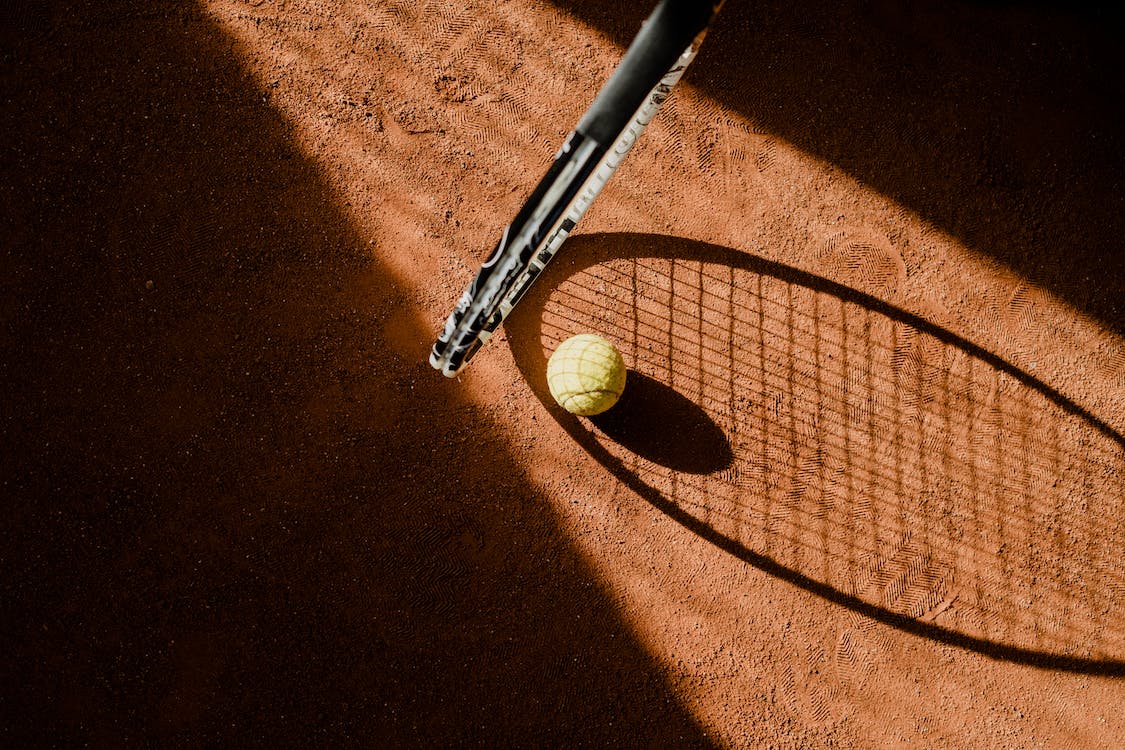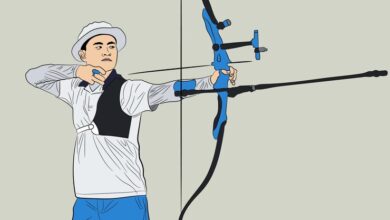How Long Do Tennis Balls Last For?

How Long Do Tennis Balls Last For. Tennis balls are an essential part of the game of tennis. Their performance can affect a player’s ability to perform as well. For amateur players who don’t play frequently, a can of tennis balls can last up to one month.
However, for professional players, the lifespan of a tennis ball is much shorter and only lasts between 1 to 3 hours. It’s important to be aware of how long tennis balls last, whether you’re a beginner or an experienced player.
When should you consider replacing tennis balls?
Tennis balls are an essential part of the game as they contribute to optimal performance and player satisfaction.
However, with each use, they undergo wear and tear, and their lifespan is limited. When considering the replacement of tennis balls, several factors should be taken into account. Firstly, the condition of the balls should be assessed.
If they show signs of significant wear like losing their bounce, becoming flatter, or fuzzier, it is a clear indication that they need to be replaced. In addition, the frequency of use should also be considered.
Regular players who engage in intense training sessions or frequent matches may need to replace their tennis balls more often than occasional players. Ultimately, the decision to replace tennis balls should be based on a combination of the condition and frequency of usage.
By recognizing the signs of wear and considering the level of play, players can maintain a high standard of play while avoiding any potential disruption caused by deteriorating tennis balls.
What measures can you take to extend the lifespan of tennis balls?
There are various ways to increase the longevity of tennis balls. Storing them correctly when not in use is one of the best ways to accomplish this.
Tennis balls should be stored out of direct sunlight, extreme humidity, and heat in a cool, dry location. Use airtight resealable bags or containers to keep the balls fresh and away from dirt or moisture. To equally distribute wear and tear, rotating the tennis balls during play is another helpful strategy.
This entails switching up the balls used in practice and competition. Furthermore, you can keep the balls clean by wiping them with a damp cloth after each use to get rid of sweat and dirt that could damage the balls’ integrity.
Last but not least, playing on soft surfaces instead of hard ones like concrete will reduce pressure and stress on the balls and eventually increase their lifespan. Tennis players will be able to use durable balls for longer periods by putting these precautions into place, which will improve the fun and economy of their games.
How Long Do Unopened Tennis Balls Last?
Unopened tennis balls can last for a considerable period without losing their intended functionality and durability.
Typically, the shelf life of unopened tennis balls ranges from two to three years. The longevity of these balls can be attributed to the high-quality rubber used in their manufacturing process and the pressurized air inside them.
However, with time, the pressurized air may escape through the microscopic pores of the ball’s rubber, resulting in a decrease in its bounce and performance. The lifespan of these balls can also be impacted by storage conditions.
Properly storing unopened tennis balls in a cool and dry environment, away from excessive heat or extreme cold, can help prolong their shelf life. It is important to note that while unopened tennis balls may retain their physical integrity for a few years, their performance may start to degrade over time.
Therefore, it is recommended to regularly inspect and test unopened tennis balls before use to ensure optimal performance.
How can you determine if a tennis ball is still usable?
Determining if a tennis ball is still usable requires examining several key factors. Firstly, check the ball’s condition.
A ball that has an intact outer cover without visible tears or excessive wear is a good sign. Next, give it a firm squeeze to check for any sign of deflation or loss of bounciness.
You can also conduct a bounce test by dropping the ball from waist height and observing if it bounces with reasonable height and speed. A ball that bounces consistently shows good pressurization and elasticity. Additionally, pay attention to the fuzz on the ball’s surface.
If it remains fluffy and well-distributed, it indicates that the ball has not experienced significant wear. However, if the fuzz is flattened or worn off in certain areas, the ball may not perform optimally.
Lastly, consider the ball’s age and previous use. Older balls or those that have been heavily played with may have diminished performance.
By evaluating these various aspects – physical condition, bounce, fuzzy cover, and history – you can determine if a tennis ball is still fit for use on the court.
FAQS:
What factors affect the longevity of tennis balls?
Factors such as court surface, playing style, and storage conditions can affect the longevity of tennis balls.
Can tennis balls lose their bounce over time?
Indeed, as they get older, tennis balls can lose their bounce. The ball’s bounce decreases as the rubber inside it gradually becomes harder.
How can you determine if a tennis ball is still usable?
Applying pressure to the ball is an easy way to make sure. It is probably still usable if it bounces well and feels firm. If not, it might be time to get a replacement.
Can using worn-out tennis balls affect gameplay?
Yes, using tennis balls that are worn out can have an impact on the quality of play as well as bounce and control.
Is it possible to rejuvenate old tennis balls?
While there are various suggested methods for rejuvenating old tennis balls, such as soaking them in warm water or using a pressurizer, these methods may not always be effective and may fail to restore the balls’ original performance.


